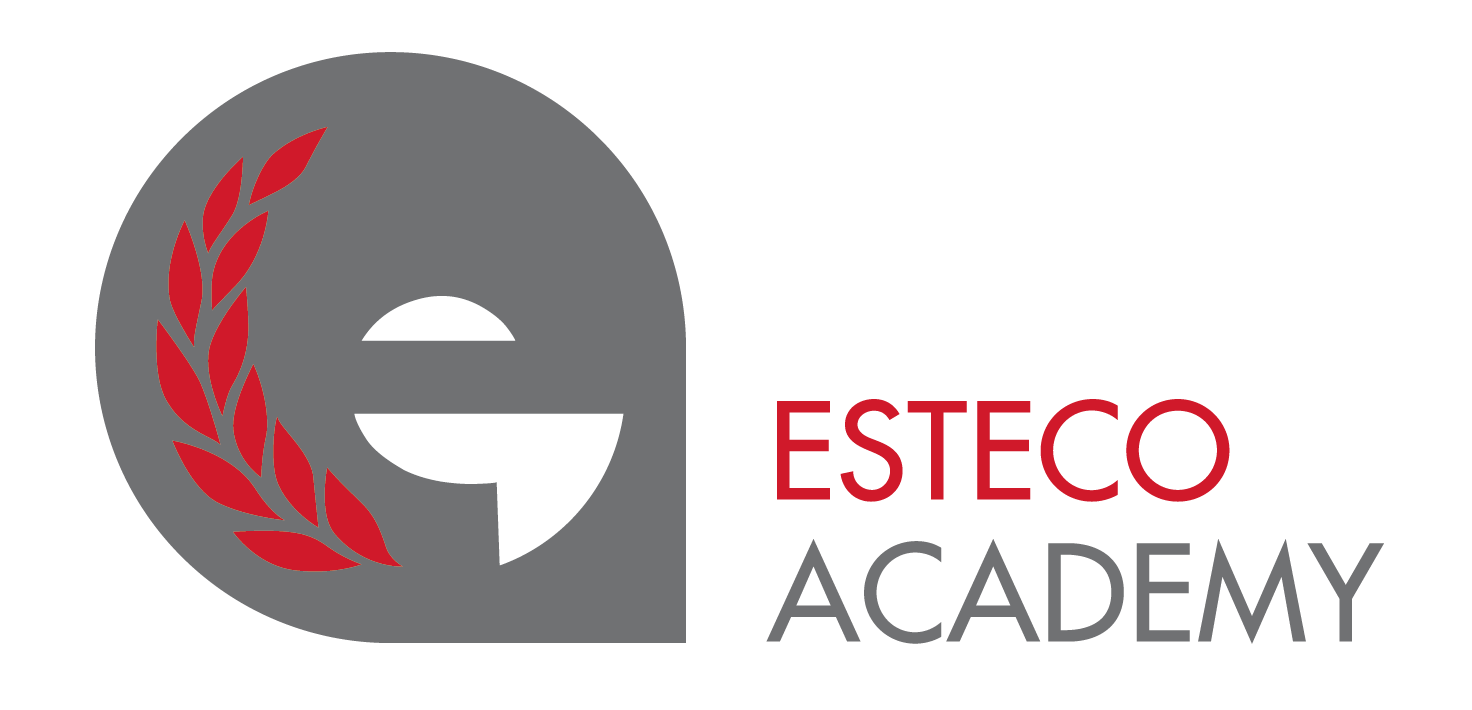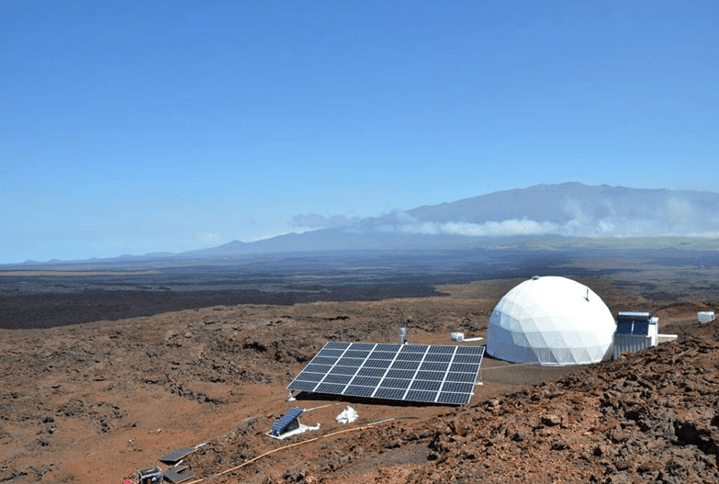HI-SEAS. NASA-funded Mars simulation habitat on Mauna Loa volcano, Hawaii


- Institution: Hawaii Space Exploration Analog and Simulation
- ESTECO Software Solution: modeFRONTIER
-
Benefits:Build parametric models of life support systemFind trends that human eyes might have missed
modeFRONTIER helps the astronaut-like researchers develop system models for sustainable living on Mars, in particular in terms of waste reduction and sustainable lifestyle.
Hawaii Space Exploration Analog and Simulation (HISEAS) is a NASA-funded research project aimed to help determine the individual and team requirements for long term space exploration missions, including travel to Mars. HI-SEAS V is an 8-month Mars analog isolation mission that begun on January 19th, 2017. Two 8-month missions are scheduled starting in January 2017 and 2018. During the HI-SEAS Mission V, six researchers are studying human behavior on Mars by entering in a geodesic dome in the isolated environment of Mauna Loa volcano on the Hawaii Big Island, including 20-minutes delayed communication and partial self-sufficiency. The purpose of Campaign 3 is to directly address the IRP Team Risk: “Risk of Performance Decrements Due to Inadequate Cooperation, Coordination, Communication, and Psychosocial Adaptation within a Team”.
"modeFRONTIER is an easy to learn tool with a lot of built-in capacity, modular flexibility and a possibility to tailor it to specific needs."
Ansley Barnard is the Engineering Officer for Mission V. She is in charge of monitoring their life support systems and fixing things that break down. “On a space mission, the astronaut crew is very limited on what they can bring with them. Launch mass (fully fueled) is highly valuable, so every item you send on a rocket needs to be weight and size efficient, including food, water, research materials, and personal effects. When you are traveling far away, like a manned mission to Mars, you need more supplies and you have to burn more fuel to get everything there - this makes resource optimization even more challenging”. “Parametric modeling and optimization software tools like modeFRONTIER provide us with faster and more robust ways to optimize. It is possible to find trends that your human eyes might have missed, which can yield better solutions in less time. modeFRONTIER is an easy to learn tool with a lot of built-in capability and modular flexibility. It is possible to tailor the software to specific needs, and the modeFRONTIER support people have always been helpful when I feel stuck”.
Moreover, our resources are limited and we have to use them wisely. If we run out of something before we are resupplied, we have to find a way to make do. Sustainable living is important to me on a personal level and is a big motivator for me to use an optimization approach in my engineering work. While in the habitat, I am hoping to learn more skills about efficient living, like using less water and power by making active choices in how I cook, shower or do laundry. These are real skills I can bring home with me. Just like in space, each of us can balance what we use with what resources are available if we have a curious and observant eye.
Tools like modeFRONTIER can help us model systems, but changes are carried out through our actions. By building parametric models of our life support system, I hope to balance our resource needs and find ways for the crew to have energy and water available for all our research and personal uses. My goal is to make a tangible difference in how my crewmates live day-to-day in our mission and provide future HI-SEAS crews with updated engineering information on the habitat life support systems.

HI-SEAS (The Hawai‘i Space Exploration Analog and Simulation) is a Habitat on an isolated Mars-like site on the Mauna Loa side of the saddle area on the Big Island of Hawai‘i at approximately 8200 feet above sea level. HI-SEAS offers not only physical isolation and geological similarity. We have developed a robust system of high-latency communication between Crew and Mission Support that imposes a Mars-like 20-minute delay on message reception each way. Communication is solely asynchronous (i.e. no real-time conversations), using email and posts to the mission project site hosted by Basecamp. HI-SEAS offers an environment where communication latency and other mission parameters can be varied according to study requirements.


